Mexico City overwhelms the senses in the most magnificent way. This sprawling metropolis combines centuries of history with contemporary energy, creating a vibrant tapestry of experiences for visitors.
The contradictions throughout the city make it truly fascinating – areas that might initially seem chaotic often reveal incredible beauty, cultural significance, and unforgettable moments for those willing to explore beyond surface impressions.
Let’s dive into some of the most chaotically beautiful corners of Mexico City that deserve a spot on your itinerary.
Here is a list of 14 remarkable places where the apparent disorder reveals something truly special.
Mercado de Sonora
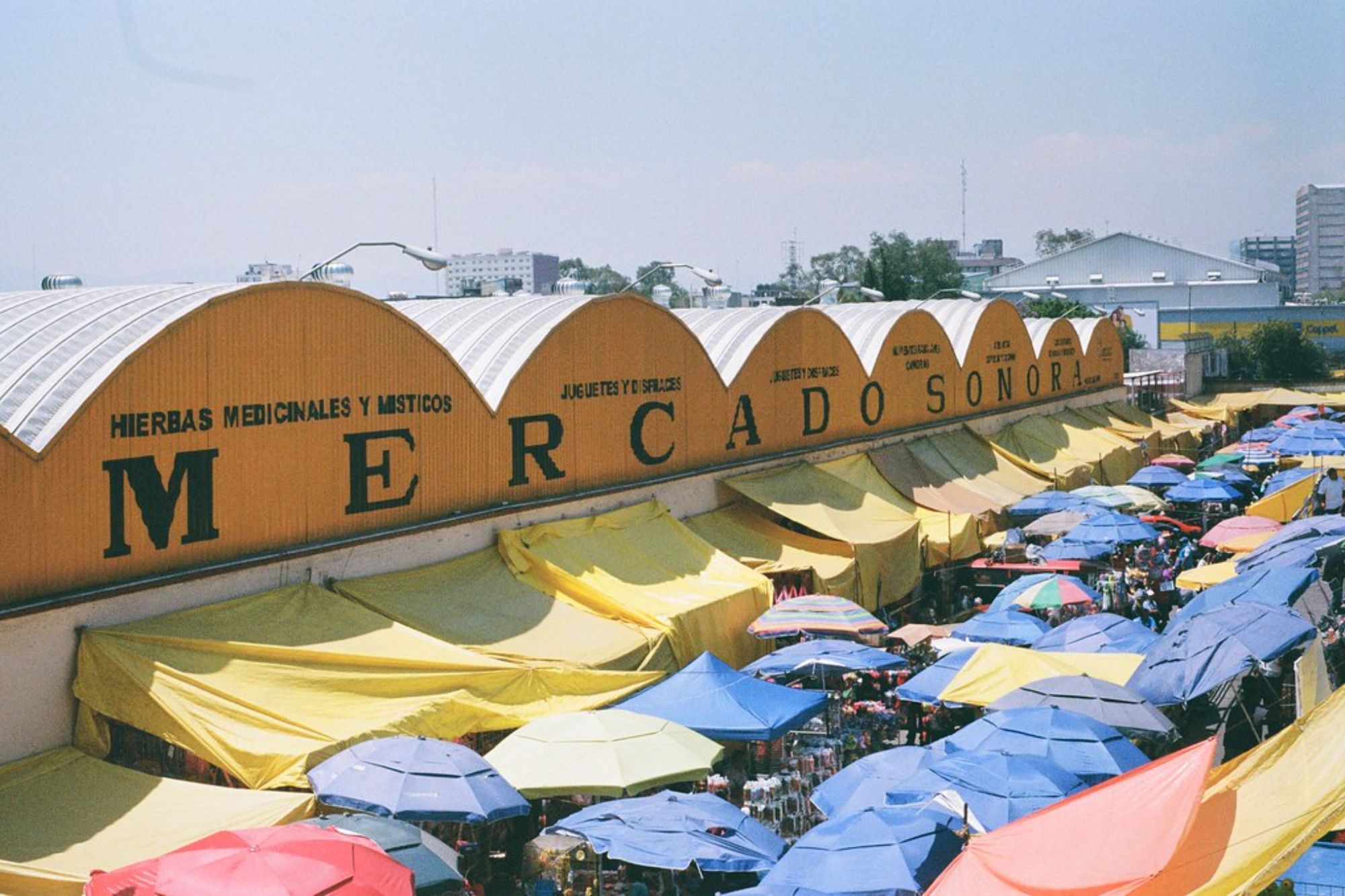
The Sonora Market exists as a sensory explosion of colors, scents, and sounds that will initially overwhelm many visitors. Vendors cram the narrow walkways with everything from traditional medicinal herbs and folk religious artifacts to handcrafted toys and practical household goods.
Though seemingly random in organization – the market follows its own internal logic developed through decades of commerce and community interaction.
La Lagunilla Sunday Market
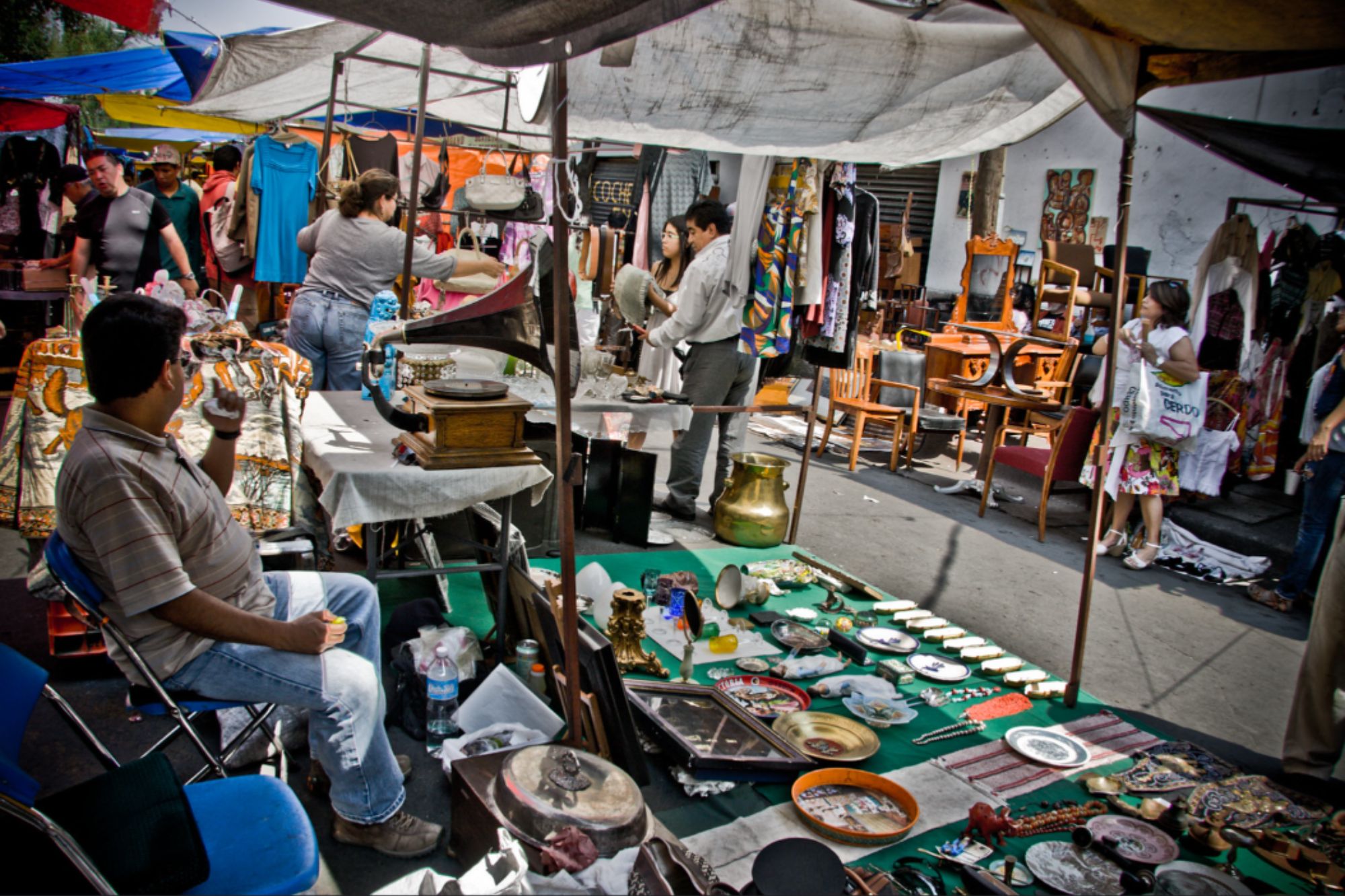
This sprawling open-air market transforms ordinary streets into a treasure hunter’s paradise each weekend. Genuine antiques sit beside modern replicas while food vendors weave through dense crowds – offering regional delicacies prepared right before your eyes.
What appears disorderly at La Lagunilla actually represents generations of informal commerce finding its natural rhythm, much like an ecosystem that evolved without formal planning yet functions with surprising efficiency.
Xochimilco Canals
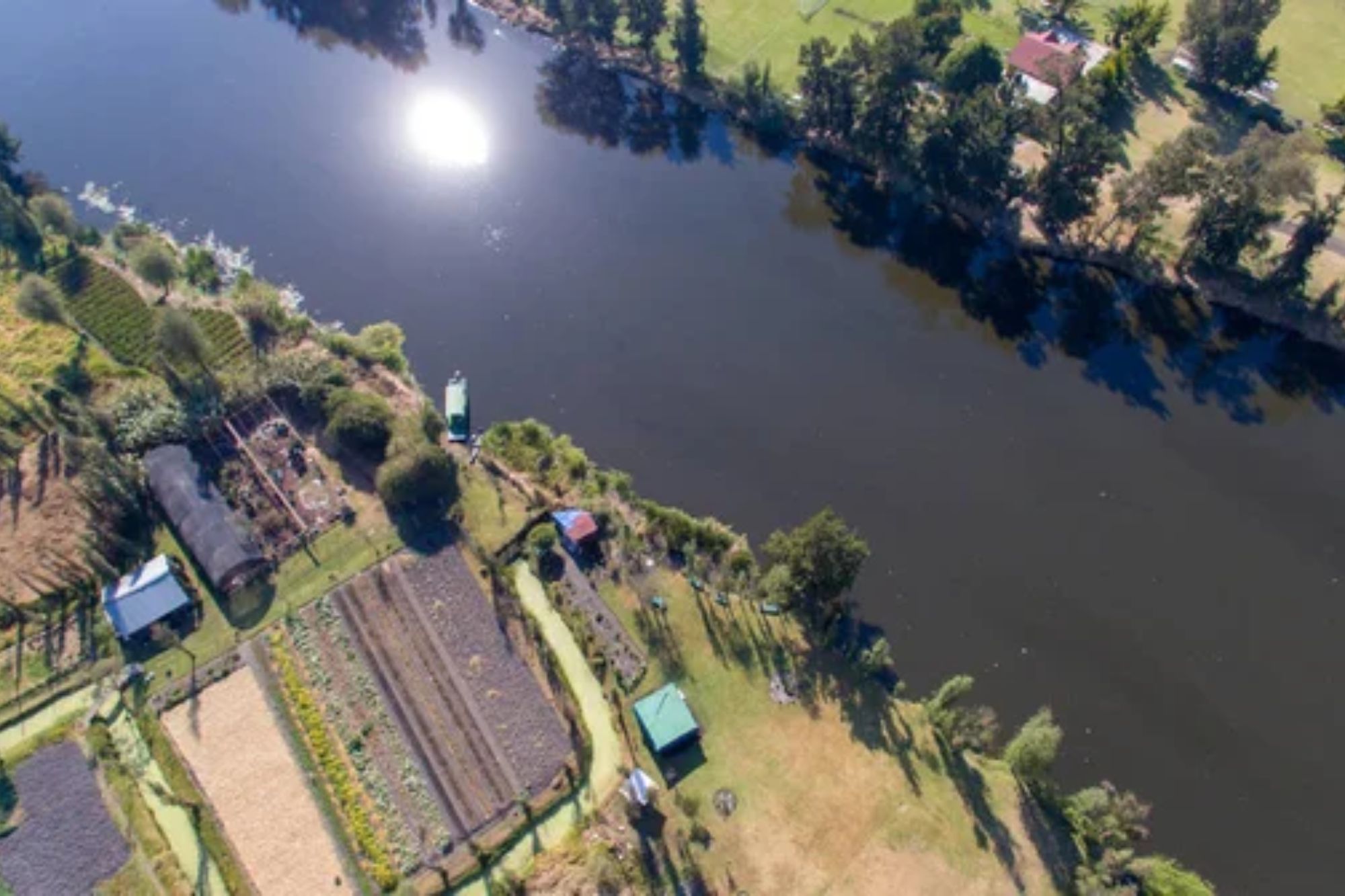
Floating gardens and brightly painted trajineras (gondola-like boats) create a water traffic jam that somehow works beautifully despite the chaos. These ancient waterways date back to pre-Hispanic times when they served as the agricultural heart of the Valley of Mexico.
The jumble of boats, roving mariachi musicians, and floating food vendors create an atmosphere akin to a cheerful aquatic traffic jam – where getting stuck simply means more time to soak in the festivities.
Like Travel Pug’s content? Follow us on MSN.
Roma Norte After Dark
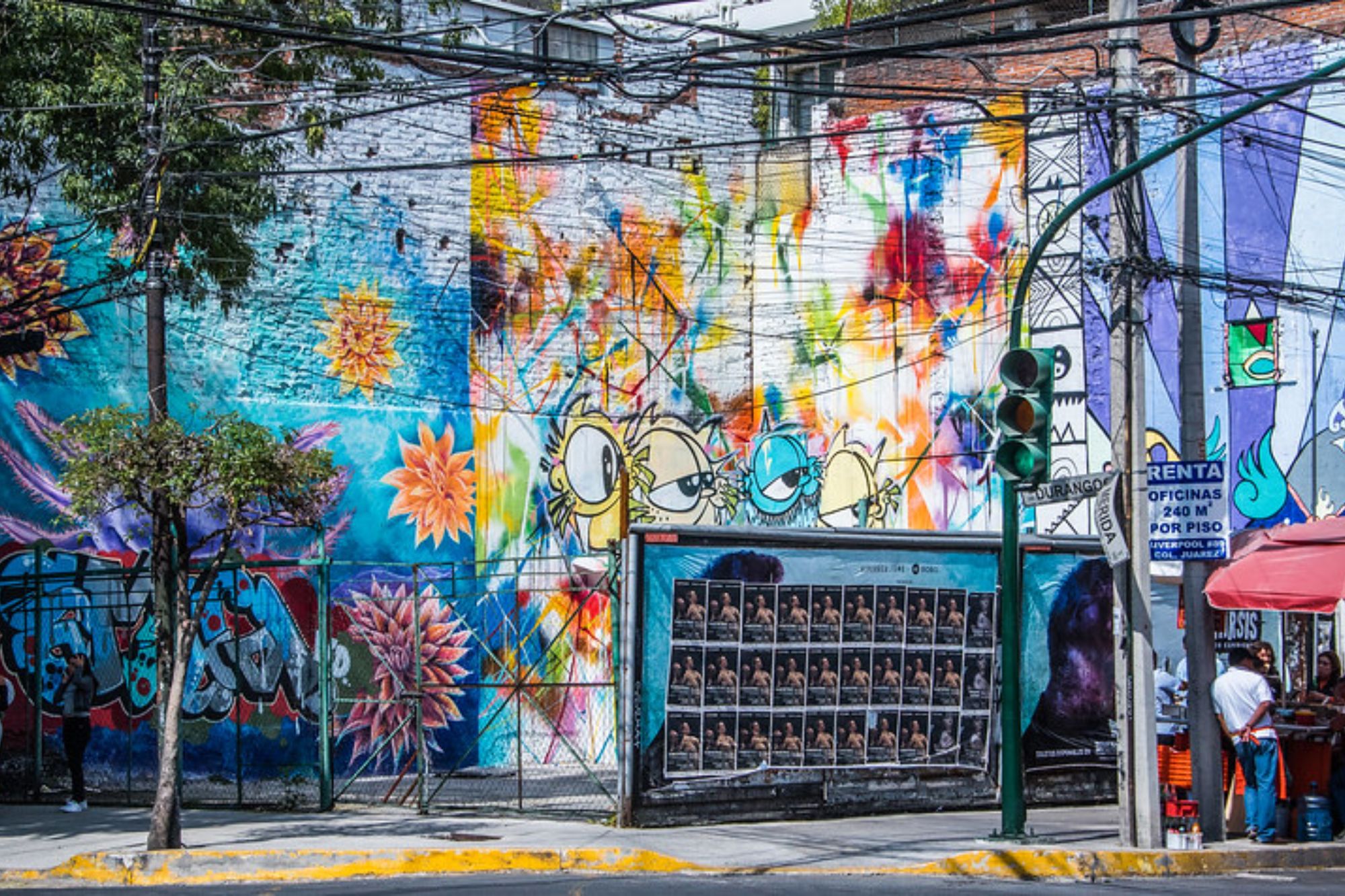
When evening descends on this trendy neighborhood, improvised street food stands materialize alongside upscale restaurants, while spontaneous musicians perform mere steps from carefully designed cocktail bars. The district functions rather like a living collage where different social worlds blend seamlessly without clear boundaries.
This contrast between meticulously planned urban spaces and spontaneous street life creates environments that feel simultaneously curated yet wonderfully unpredictable.
Tepito Neighborhood
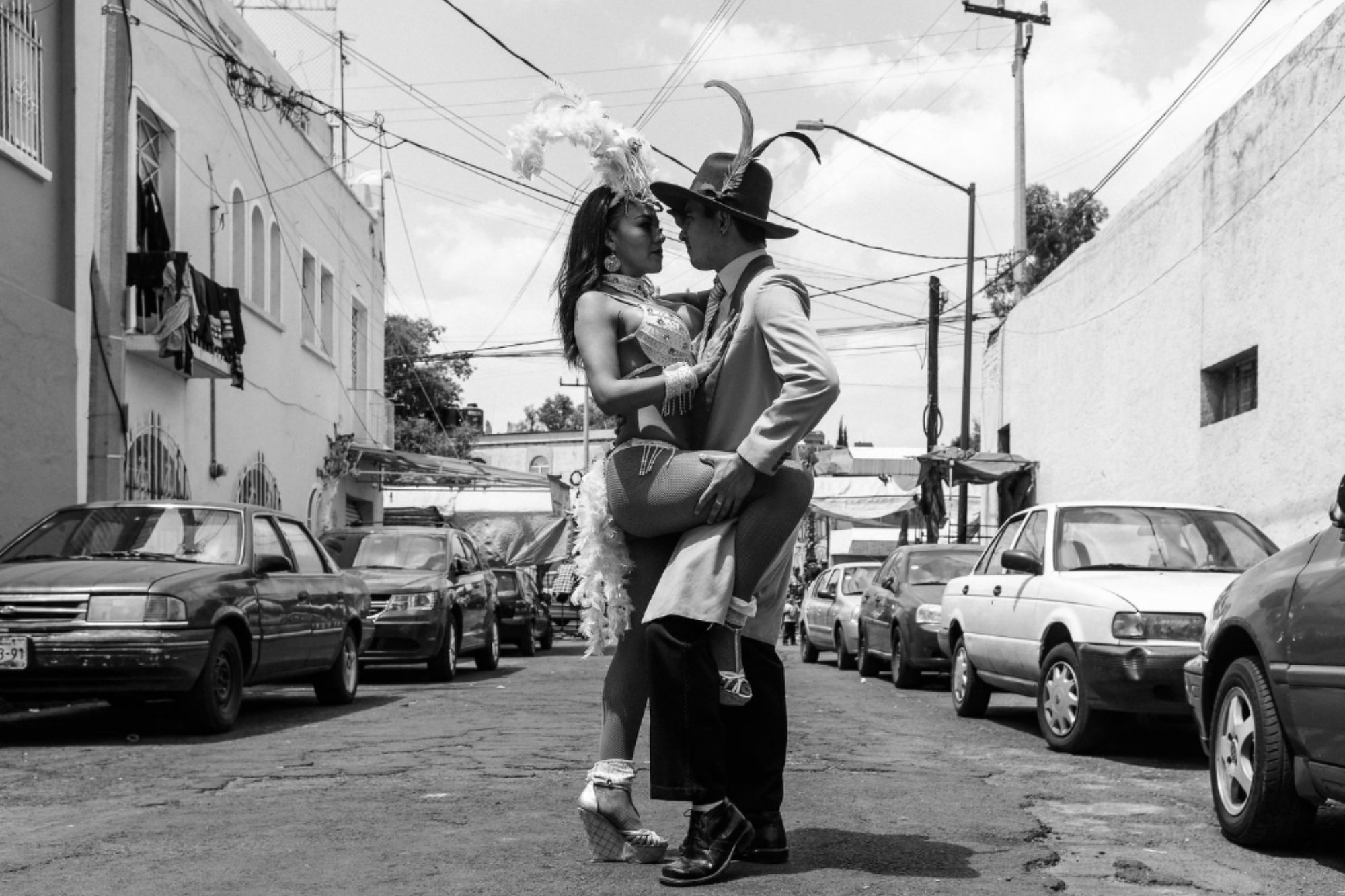
Perhaps the most misunderstood area in Mexico City – Tepito operates by its own unwritten rules while housing some of the city’s most resilient communities and richest cultural traditions. Beyond its somewhat intimidating reputation lies remarkable street art, extraordinary community solidarity, and exceptional local craftsmanship.
Visiting Tepito resembles reading a complex novel, initially challenging yet ultimately rewarding for those who appreciate its deeper narrative and authentic character.
Biblioteca Vasconcelos

This massive library appears like some floating labyrinth of books suspended in mid-air, defying architectural expectations at every turn. Metal walkways and transparent floors create disorienting perspectives that enhance rather than detract from the contemplative reading environment.
The structure brilliantly merges industrial aesthetics with biophilic elements, including an interior garden where native plants grow around concrete foundations – resembling nature slowly reclaiming an abandoned spaceship.
Like Travel Pug’s content? Follow us on MSN.
El Chopo Cultural Corridor
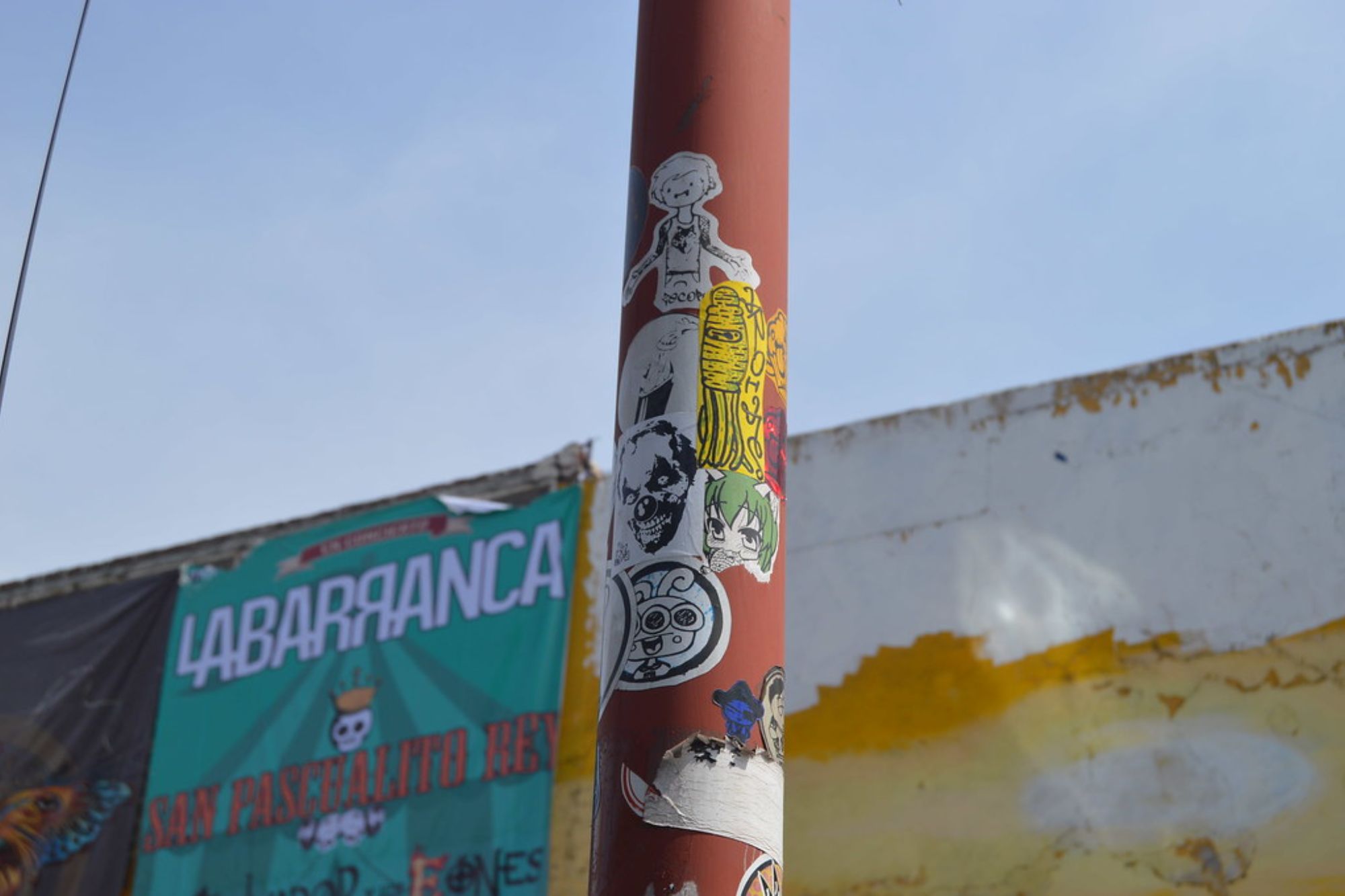
Every Saturday, this unassuming area transforms into a vibrant counterculture haven where punk, goth, metal, and indie scenes converge in glorious, noisy celebration. Vendors selling rare vinyl records operate alongside tattoo artists and band merchandise booths in a seemingly chaotic arrangement that perfectly mirrors the alternative spirit it celebrates.
El Chopo functions as a living museum of subcultures that somehow manages to feel both nostalgic and cutting-edge simultaneously – preserving cultural memory while constantly evolving.
Coyoacán Market

Nestled in one of the city’s most historically charming districts, this market combines traditional crafts with contemporary souvenirs across colorful, crowded aisles that defy conventional retail logic. Food stalls cooking regional specialties create an aromatic symphony that competes for attention with animated vendors announcing their offerings.
The market operates essentially as an informal community center where locals and international visitors navigate the joyful disarray together – discovering unexpected treasures around each corner.
Doctores Neighborhood Murals
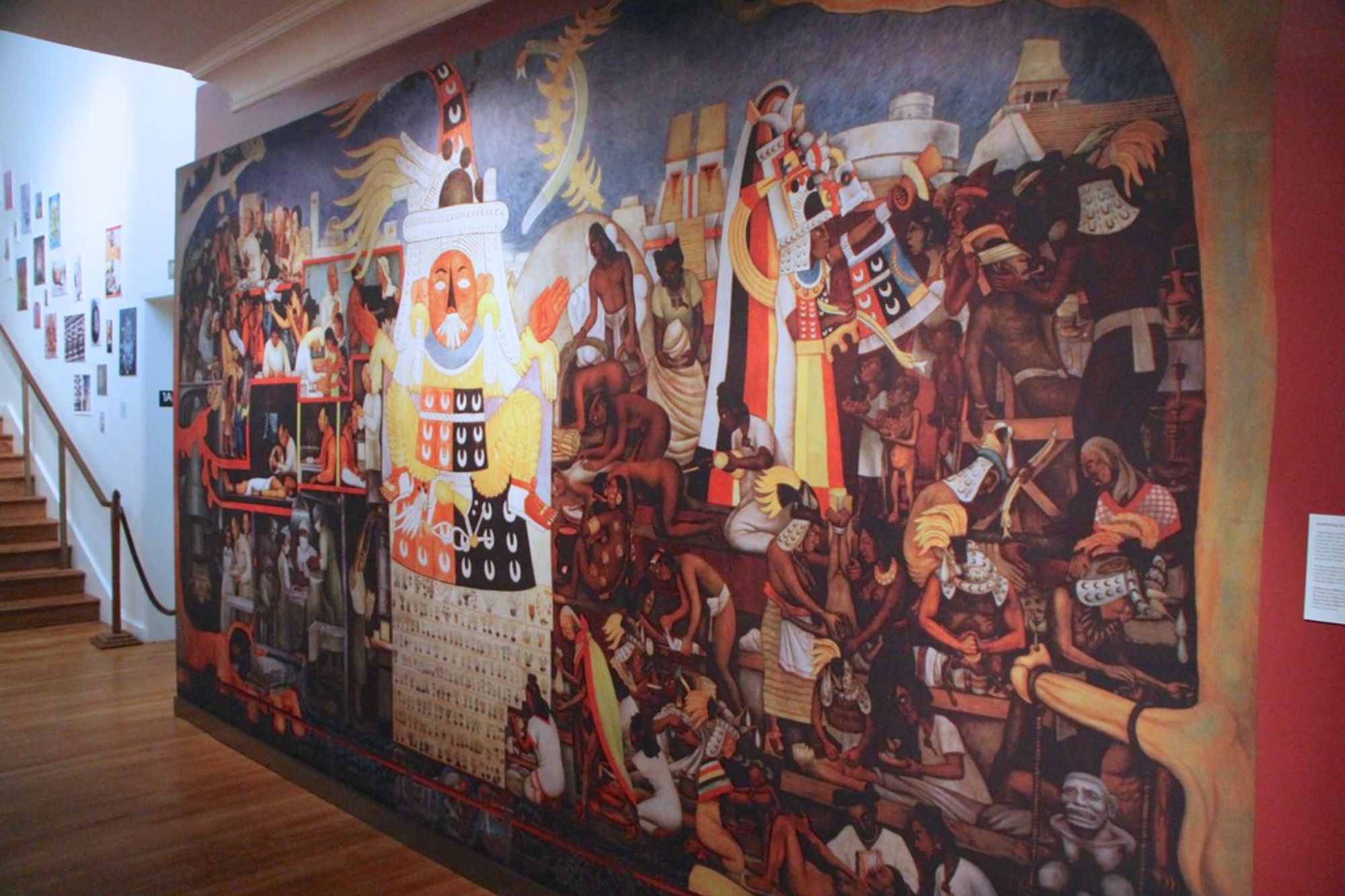
This working-class neighborhood conceals artistic masterpieces on ordinary building facades and unassuming side streets, creating an open-air gallery without defined boundaries. The stark contrast between everyday urban life and monumental street art creates spaces that feel simultaneously mundane and magical – existing in two realities at once.
Walking through Doctores provides a masterclass on how public art can transform urban environments without sanitizing their authentic character or displacing the communities that inspire these works.
Like Travel Pug’s content? Follow us on MSN.
Centro Histórico Rooftops

Above the historic center’s bustling streets lies a hidden world of improvised rooftop communities and centuries-old architectural details rarely seen from ground level. Ancient church domes coexist with satellite dishes while laundry lines stretch between colonial buildings that have been continuously adapted for modern life.
These elevated spaces offer panoramic views where different historical periods stack upon each other like geological layers – creating a three-dimensional timeline of the city’s evolution.
Bosque de Chapultepec

This massive urban park contains multitudes – formal gardens transition into wilder areas while world-class museums stand near impromptu food vendors and spontaneous cultural performances. The park operates as a microcosm of the city itself, where nature and culture, careful planning and spontaneity, profound history and vibrant modernity all coexist in beautiful disorder.
Families, athletes, couples, and tourists each find their own rhythm within this verdant heart of the metropolis without disrupting the experiences of others.
Mercado Jamaica
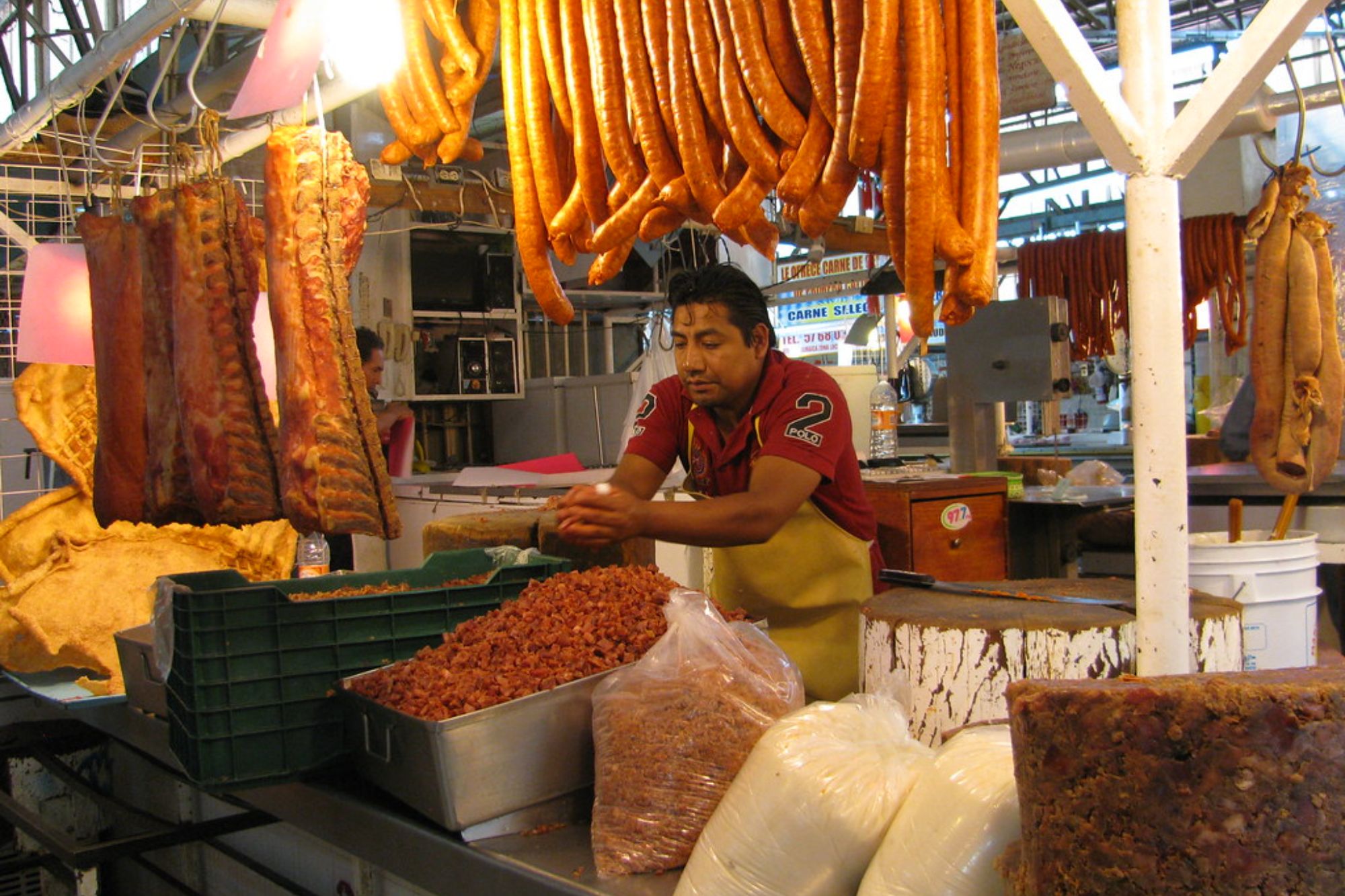
The city’s premier flower market explodes with color and fragrance in a seemingly endless maze of blooms that challenge sensory processing. Vendors arrange their flowers with artistic precision while navigating the controlled chaos of wholesale purchasing, retail customers, and complex delivery preparations.
The market demonstrates how apparent disorder often masks highly sophisticated systems developed through generations of specialized knowledge and community cooperation in response to urban demands.
Like Travel Pug’s content? Follow us on MSN.
Colonia Guerrero
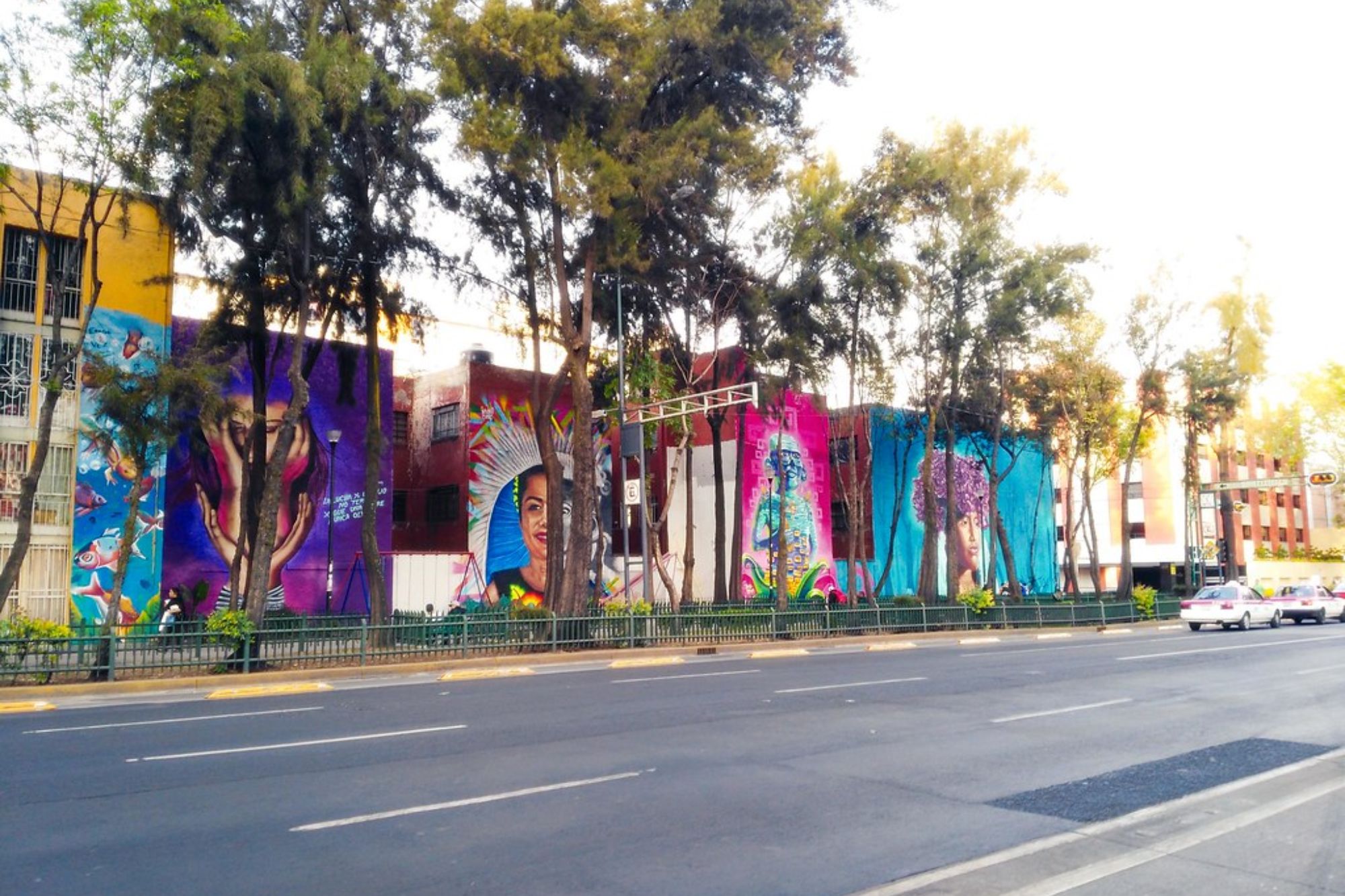
This neighborhood embodies Mexico City in transition – historic architecture stands alongside contemporary developments while traditional businesses neighbor trendy cafés in an urban patchwork. The streets tell stories of multiple eras simultaneously, creating a textured urban landscape that defies simple categorization or tourist narratives.
Walking through Guerrero feels like traveling through different decades within the span of a few blocks, offering glimpses into both the city’s past and potential future.
Ciudadela Artisan Market
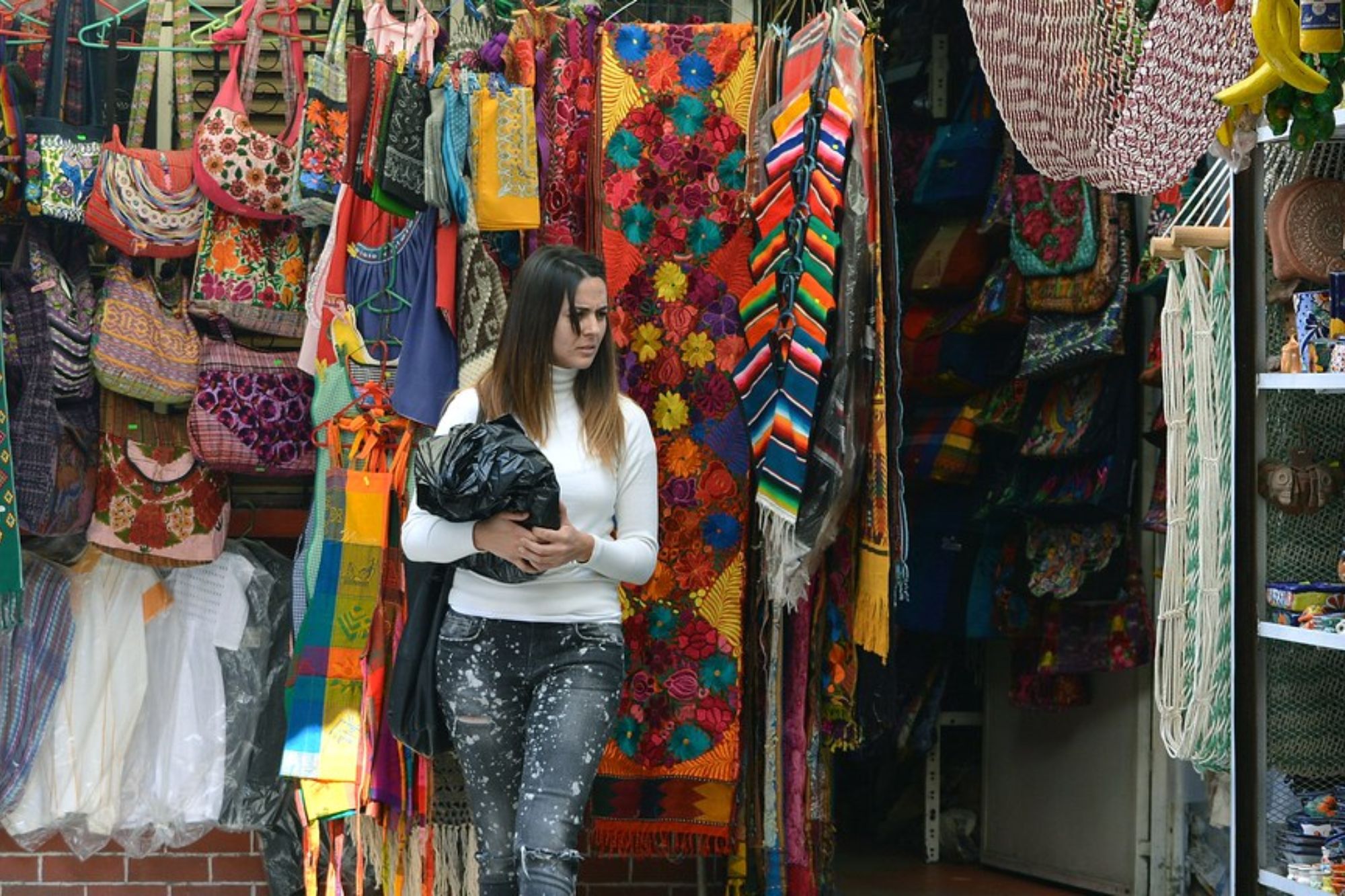
Hundreds of artisans from across Mexico display their regional crafts in this sprawling indoor market that serves as an informal cultural repository. The diversity of items creates a dazzling visual mosaic where intricate Oaxacan alebrije figures might sit beside handwoven Chiapas textiles and meticulously painted Puebla ceramics.
This magnificent jumble of artistic traditions functions as an unofficial atlas of Mexico’s cultural geography, compressed into walkable aisles that invite hours of exploration.
The Heartbeat of Yesterday and Today

These chaotically beautiful spaces represent Mexico City’s true essence – places where history and modernity dance together in a constantly evolving performance that defies simple classification. They remind visitors that authentic beauty often exists within apparent disorder, and that the most memorable travel experiences rarely happen in perfectly manicured tourist zones with predictable offerings.
These corners of Mexico City offer something increasingly rare in our standardized world: genuine places shaped by real communities living dynamic lives across generations. The chaos itself becomes part of the beauty – creating experiences that couldn’t exist without the wonderful complexity that defines this extraordinary metropolis.
More from Travel Pug

- Cities Growing so Fast You Won’t Recognize Them in 10 Years
- 13 Destinations Where Tourists Regularly Regret Their Trip
- 20 Obscure WWII Sites Even History Buffs Don’t Know About
- 10 Under-the-Radar Mountain Towns That Are Both Affordable and Beautiful
- Remote Villages in Europe Where You Can Live for Free in Exchange for Work
Like Travel Pug’s content? Follow us on MSN.
